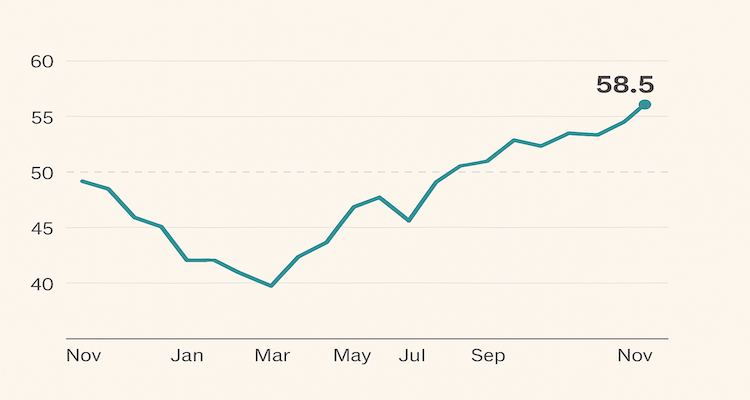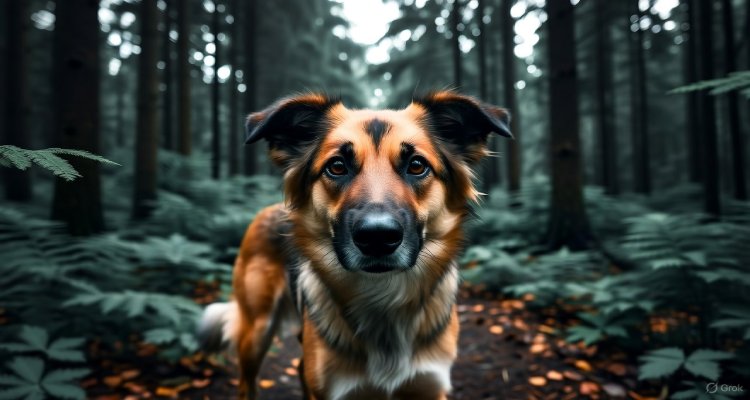The Animals That Hunt Ghosts
In cultures worldwide, certain animals are believed to sense or hunt ghosts. This article explores the science, symbolism, and mystery behind these supernatural animal guardians.
Introduction: When Nature Faces the Supernatural
On moonlit nights in remote villages and dense forests, stories abound of animals that stare into empty space, howl at invisible presences, or circle around unseen visitors. To many, these creatures aren’t just reacting — they’re protecting. The notion of animals that hunt ghosts is one of humanity’s most enduring cross-cultural fascinations, blending mythology, animal behavior, and our eternal curiosity about life beyond death.
The Ancient Bond Between Animals and Spirits
From ancient Egypt’s cat deities to Japanese folklore’s fox spirits, animals have long occupied a spiritual frontier between worlds. Dogs, in particular, are recurring figures in ghost stories — not merely as detectors, but as defenders.
In Indian tradition, black dogs are sometimes seen as guardians against negative energies, credited with chasing away restless spirits. Similarly, in Celtic and Norse legends, spectral hounds patrol graveyards, scaring off malevolent entities.
Across East Asia, owls and crows play a dual role — omens of misfortune or spiritual messengers, depending on context. In parts of Latin America, the humble donkeys and cats are thought to “see” spirits invisible to the human eye and react with eerie precision during supernatural disturbances.
Science Behind the Sixth Sense
While these tales often sound mystical, science provides clues that blur the line between fact and folklore. Many animals possess heightened sensory capacities far beyond human perception.
-
Infra-sound sensitivity: Dogs, elephants, and even pigeons detect low-frequency vibrations associated with earthquakes or storms. Could certain “ghostly presences” be undetectable environmental changes our senses miss?
-
Electromagnetic field detection: Cats and migratory birds sense shifts in magnetic fields — sometimes linked by paranormal researchers to “haunted” locations.
-
Behavioral mimicry: A dog’s sudden growl or cat’s fixed stare may be natural reactions to stimuli like motion, sound, or light frequencies imperceptible to us.
Dr. Helena Rios, an animal behaviorist at the University of São Paulo, notes, “When animals ‘react to spirits,’ they might actually be responding to micro-environmental changes — electrostatic shifts, scent residues, or low-frequency vibrations.”
Still, even Rios admits that biology doesn’t fully erase humanity’s need for mystery: “Behaviorally, it’s explainable. Symbolically, it’s profound. Animals are nature’s storytellers — and we are their interpreters.”
Global Tales of Ghost Hunters in Fur and Feather
In Thailand, temple cats are said to “trap wandering souls” that try to disturb monks during meditation. Monks describe these animals curling protectively around sacred relics on certain nights.
In Mexico’s rural towns, horses reputedly refuse to cross paths where specters are said to roam, their restlessness taken as warning.
Meanwhile, Japanese folklore tells of the Inugami — spirit dogs bred to protect families from dark forces. Their legend merges loyalty, sacrifice, and the idea that devotion extends beyond death.
Modern ghost-hunting groups even use household pets as informal paranormal sensors. Videos often show dogs barking at unseen corners or cats pacing nervously during reported hauntings. Whether these reactions stem from subtle sounds or something supernatural remains unanswered, but the fascination continues to thrive online.
Expert Insight and Cultural Reflection
Academic researchers often view such stories as psychological mirrors — reflections of our fears projected onto nature’s innocence. Anthropologist Dr. Vivek Mahajan, who studies spiritual ecology in India, observes, “Animals in ghost folklore reveal how humans seek guardianship. When the unknown frightens us, we look for the familiar — a loyal animal — to anchor that fear in protection.”
Psychologists add that attributing supernatural perception to animals is a form of reassurance, giving chaos an order. “Believing your dog protects you from evil spirits,” notes psychologist Sarah Ito from Kyoto University, “is emotionally equivalent to believing in divine protection — it bridges the rational and the mystical.”
The Modern Revival of Animal Spirituality
As online spirituality movements flourish, the belief in animals’ ghost-hunting abilities is finding new expressions. Videos on platforms like TikTok and YouTube share moments when pets “react” to the invisible, accompanied by night-vision footage and whispered speculation.
Simultaneously, scientific communities continue exploring animals’ sensory frontiers through hyper-sensitive tech and AI simulations. If one day we quantify what a dog feels when it pricks up its ears at nothing, we might get closer to understanding whether “ghost detection” is environmental intelligence — or something truly otherworldly.
Implications: Humanity’s Search for Connection
The enduring myths of ghost-hunting animals tell us less about ghosts and more about ourselves. They symbolize loyalty in fear, trust in chaos, and recognition that nature senses things we cannot. Whether through ancient belief or modern curiosity, these stories bridge uncharted worlds — of science, spirit, and wonder.
Conclusion: Between Growls and Whispers
In every bark into the darkness, every startled flutter of wings, there lies a question: What do they see that we don’t?
Perhaps these animals do not “hunt” ghosts in the literal sense, but they chase away our deepest loneliness — the fear that we are powerless before the unseen. In their vigilance, they remind us that the natural and the supernatural might not be enemies after all, but participants in the same mysterious symphony.
Disclaimer: This article explores cultural beliefs and scientific interpretations surrounding animals and supernatural phenomena. It is intended for informational and cultural insight, not as proof of paranormal activity.











